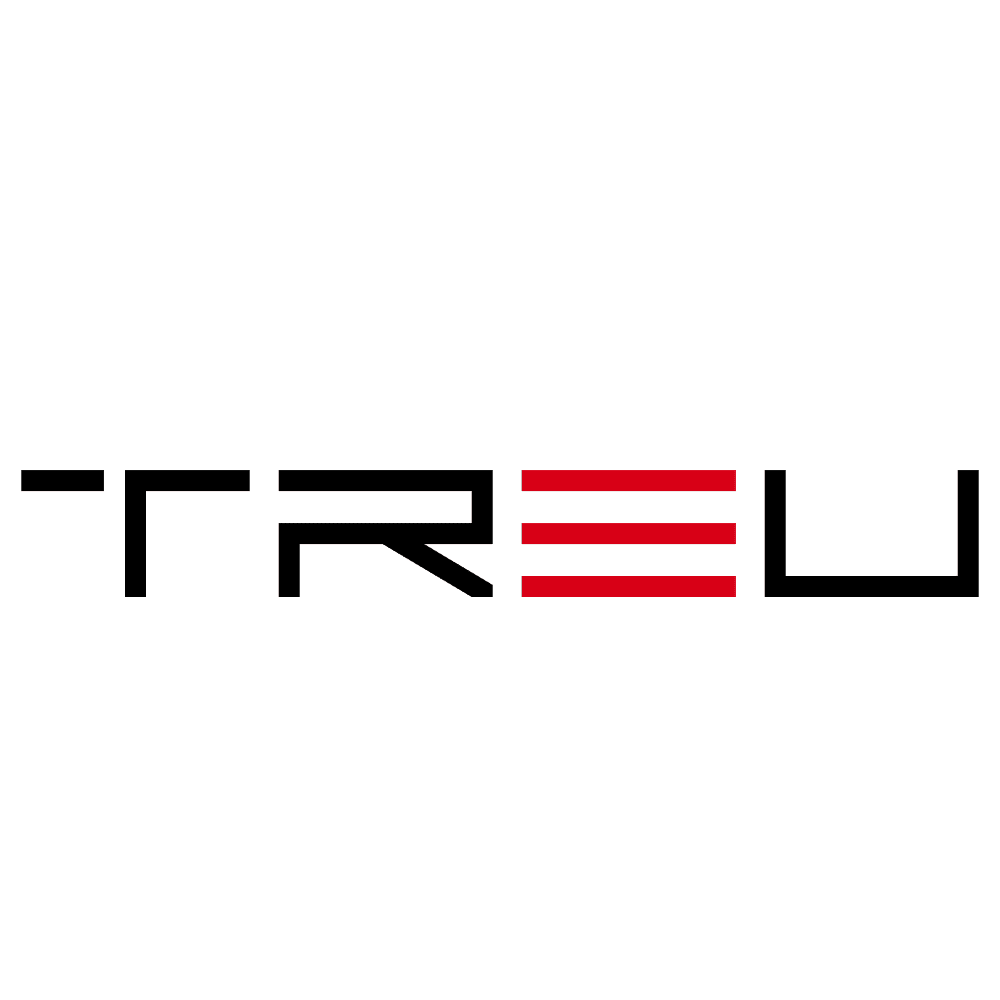New York CIO Focuses on AI Costs and Shared Services
In the rapidly evolving world of technology, state governments are increasingly turning to bold and ambitious strategies to modernize operations for greater efficiency. New York’s Chief Information Officer (CIO), Dru Rai, stands out as one of the leading minds pushing the state toward groundbreaking innovations, particularly in artificial intelligence (AI) and shared services. With a focus on reducing costs while driving digital transformation across state agencies, Rai has been making headlines as a visionary who understands the balance between innovation and practicality.
AI: Revolutionizing Government Services
Artificial intelligence has been a buzzword in the tech industry for years, but governmental use has remained relatively cautious until recently. However, Dru Rai is taking a proactive stance in leveraging AI to not only enhance governmental operations but also reduce the overall cost of providing public services. For New York, which boasts one of the most populous and complex government ecosystems in the United States, AI is seen as an enabler of greater efficiency.
The Promise of AI
AI has immense potential in transforming how governments interact with citizens and streamline internal processes. Under Rai’s leadership, New York State is looking to use AI for:
- Improving citizen services: By implementing AI-driven chatbots and virtual assistants, government agencies can enhance response times, deliver 24/7 support, and ease the burden on overworked public service employees.
- Data-driven decision-making: AI has the capacity to analyze troves of citizen data to make policy recommendations more efficient and better targeted at public needs.
- Automation: From document processing to running predictive analytics, AI can reduce manual labor, freeing up employees to focus on complex tasks.
Yet, incorporating AI into state systems comes with its challenges, especially in terms of costs, ethics, and privacy. Rai has been vocal that while making these AI platforms a priority, the state must tread carefully to ensure the benefits outweigh the risks.
Cost Management in AI Projects
One of the significant barriers preventing widespread adoption of AI in government services is cost. Developing sophisticated AI tools can be expensive, from initial investments to ongoing maintenance and staff training. Understanding this, Rai’s strategy revolves around strategic cost management to make AI initiatives both feasible and scalable for New York State.
Collaborating for Cost Efficiency
Rather than having individual agencies experiment with siloed AI applications, Rai advocates for collaboration across state departments. This approach allows the entire government ecosystem to share resources and spread out the financial burden. The result? A system where all agencies benefit while keeping taxpayer expenses to a minimum.
Key strategies for reducing costs include:
- Centralized procurement: By managing AI technology purchases at the state level, Rai ensures lower prices and reduces duplicated spending by individual departments.
- Shared services model: AI systems developed for one agency can often be re-used for other agencies, creating a ripple effect of savings across state government operations.
- Partnerships with private vendors: Leveraging vendor expertise, New York State can develop advanced technologies with less internal resource strain, avoiding the necessity of building capabilities entirely from scratch.
Shared Services: A Key to Long-Term Efficiency
In addition to leading the state’s AI initiatives, Rai has been a proponent of the shared services model, a system designed to consolidate resources and streamline operations across multiple agencies. This strategy not only improves efficiency but also opens the door to delivering citizen services at a faster pace while reducing redundancy within state government systems.
How Shared Services Work
Under a shared services model, multiple state agencies pool their resources—including staff, software, equipment, and facilities—for broader use. Instead of operating in silos where every agency recreates similar systems, shared services maximize the use of common resources. This approach supports collaboration, scalability, and cross-agency decision-making.
For example, instead of each department having separate IT systems, Rai has emphasized the need for a shared IT structure powered by centralized software management and cloud-based solutions. This method enables streamlined operations while cutting down unnecessary expenditure.
Benefits of Shared Services
The adoption of shared services has proven to be particularly effective for New York, benefitting taxpayers, agencies, and the overall state budget. Core advantages include:
- Cost savings: Shared services eliminate redundancies, ensuring a more efficient allocation of public funds.
- Consistency: Uniform IT systems and protocols across agencies translate to better service delivery and easier integration of future technologies, including AI.
- Scalability: Shared platforms ensure that new agencies or services can quickly integrate into existing frameworks without requiring additional costly resources.
The Intersection of AI and Shared Services
One of the most exciting aspects of Dru Rai’s approach is the intersection of AI and shared services. While each of these strategies is powerful on its own, their combination creates a dynamic ecosystem for public sector transformation. By housing AI capabilities within New York’s shared services model, Rai ensures scalability and efficiency while reducing duplication of effort and resources.
For example, rather than individual departments developing their own machine-learning algorithms, New York is looking to establish a centralized “AI hub.” This hub can be accessed by all agencies, democratizing advanced technology while reducing the cost for individual governmental branches. As a result, the state is better positioned to implement next-generation solutions that serve all citizens, regardless of location or agency interaction.
Challenges Ahead
Even with these innovative strategies, there are certainly hurdles to overcome. Along with cost, privacy and ethical concerns surrounding AI deployment are top priorities in Rai’s plans. The state must implement safeguards to prevent the misuse of AI and ensure citizen data is protected. Transparency and public trust must be foundational elements of New York’s AI strategy.
Another potential challenge lies in resistance to change, both within government agencies and amongst the public. Traditionally, bureaucracy moves slowly, and convincing administrators and citizens alike to embrace cutting-edge technologies will require time and trust-building. Rai’s collaborative approach, however, positions him as a leader capable of steering these complexities in the right direction.
The Road Ahead for New York
Under Dru Rai’s leadership, New York State is setting an example for the rest of the country. By combining a sharp focus on cost-efficiency with a commitment to scalable innovation, Rai is showing how governments can strategically leverage cutting-edge technologies like AI while maximizing their existing resources with shared services. The work being done in New York has the potential to not only transform state operations but also serve as a scalable model for other governments looking to innovate responsibly.
As AI continues to evolve and shared services gain traction, New York’s approach will likely remain a topic of interest for policymakers nationwide. Dru Rai’s vision of blending technology, collaboration, and cost efficiency could well represent the future of how government operates in the digital age.

